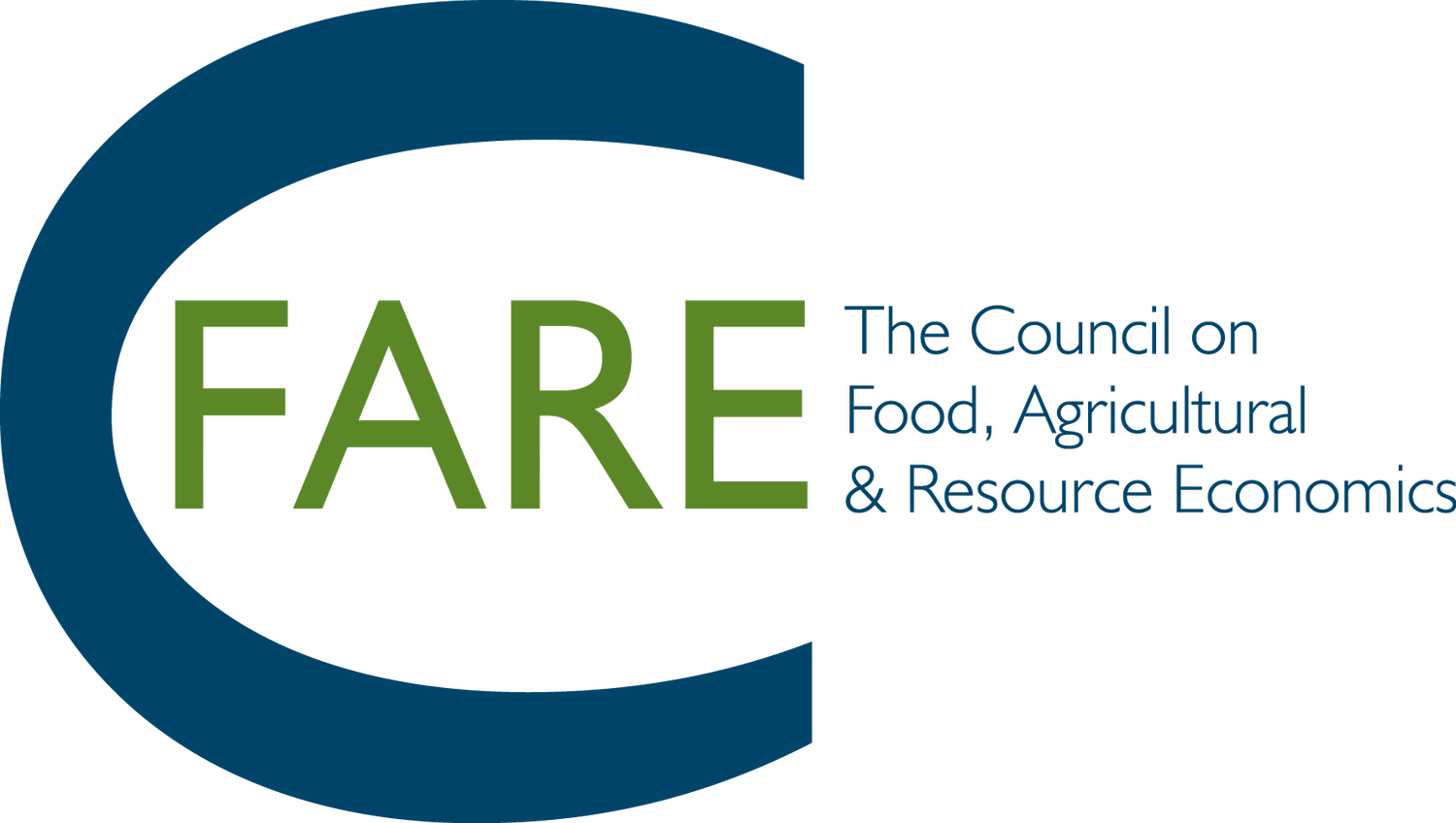Where are the jobs in food and agriculture, and how to support students in getting into the workforce?
Market Corner by Chyi-lyi (Kathleen) Liang, C-FARE Board Member, Kellogg Distinguished Professor of Sustainable Agriculture, Director of Center for Environmental Farming Systems, North Carolina Agricultural & Technical State University, Greensboro, NC
The barriers and challenges of recruiting and retaining students to focus on agri-food-related jobs come from different perspectives and resource limitations, especially the transition from high school to college[1]. For example, many rural high schools offer limited programs/curricula in agri-food subjects, particularly for socially disadvantaged students from underserved communities[2]. Some parents in rural areas prefer children seeking jobs outside of agriculture because of the unappealing conventional image of agriculture (i.e., dealing with hardship and adverse conditions). Gaps and challenges exist for many college students to identify government agencies or industry positions, as suggested by conversations with the government and industry leaders. For example, (1) Many students have a strong science background but lack soft skills; (2) Students need to acquire more training in adapting to the interdisciplinary work environment; and (3) Many students are neither aware of various types of jobs in agri-food systems beyond farming practices and their benefits nor how to apply for them.
Reports and conversations with agricultural producers, supply chain operators, and community leaders have revealed concerns about the future of rural communities and workforce development[3,4]. For example, many farmers struggle to find skilled employees for general operations and technology implementation, particularly for small-scale and rural farmers. School job training may not meet industry needs due to curriculum/resource limitations, gaps in transferring course knowledge to practical skills, and lack of access to immersive learning to truly integrate school lessons with real-world applications. Furthermore, many young people have mixed knowledge about the broad sciences embedded in food and agriculture and have been somehow disconnected from potential good jobs. Recent job statistics and USDA employment report shared an upward trend of job demand in general agriculture, food systems, natural resource, and family and nutrition, 'Nearly 60,000 High-Skilled Agriculture Job Openings Expected Annually in the US Yet Only 35,000 Graduates Available to Fill Them'. It is obvious that multiple fields are needed to create a prosperous and sustainable future for all businesses in food and agriculture. Educators, mentors, and school guidance counselors need to guide students to explore opportunities, given the dynamic nature of the agri-food industry. Industries also have opportunities to collaborate with colleges and universities to offer state-of-the-art training for new graduates and employees on jobs to re-tool their skill sets.
Source of Information: Employment Opportunities for College Graduates in Food, Agriculture, Renewable Natural Resources and the Environment, United States, 2020-2025 https://www.purdue.edu/usda/employment/
Source of Information: Employment Opportunities for College Graduates in Food, Agriculture, Renewable Natural Resources and the Environment, United States, 2020-2025 https://www.purdue.edu/usda/employment/
While brainstorming with industry representatives and colleagues from various backgrounds, some priorities in the agri-food job market could involve the interdisciplinary design of new pedagogy and immersive learning to motivate and prepare the next generation of decision-makers in the agri-food system. For example:
Adaptive/sustainable farming linked to bioeconomy to improve students' and workers' knowledge of socially, economically, and environmentally sound approaches.
Resilient food supply chain that would enhance intermediary connectivity (direct sale, farm to institutions, farmers market, food hubs, wholesale, and retail) via aggregation, processing, procurement, handling, food safety, waste management, etc.
Data analytics for communication to collect/compile/interpret heterogeneous data sources (e.g., published in reports and articles, Data.Gov, social media exchange, industry news, etc.) for diverse audiences.
Healthy choices for all consumers with efficient and equitable access to food, information, and planning support.
Equitable training and demonstration to transform research-based knowledge into hands-on activities grounded in an appreciation of racial equity and driven by diverse needs[5,6].
The food and agriculture industry is like any other industry that needs talented employees to support the overall infrastructure. We could work on many strategies across disciplines to nurture students and uplift the spirits of on-job employees (e.g., offer summer interns to Food and Nutrient students to work on a real farm or for Business Administration students to engage in food price analysis). Breaking the barriers to accessing information and opportunities is key across K-12 schools, higher education, industry partners, and community groups to increase the visibility of job and skill gaps, update job postings, post and share training curricula, and establish an immersive learning environment to bring knowledge to the field. Building on our existing programs and resources, we will inspire a competent and competitive workforce for the agri-food systems that will be well-prepared, equipped, and informed to build a prosperous future.


